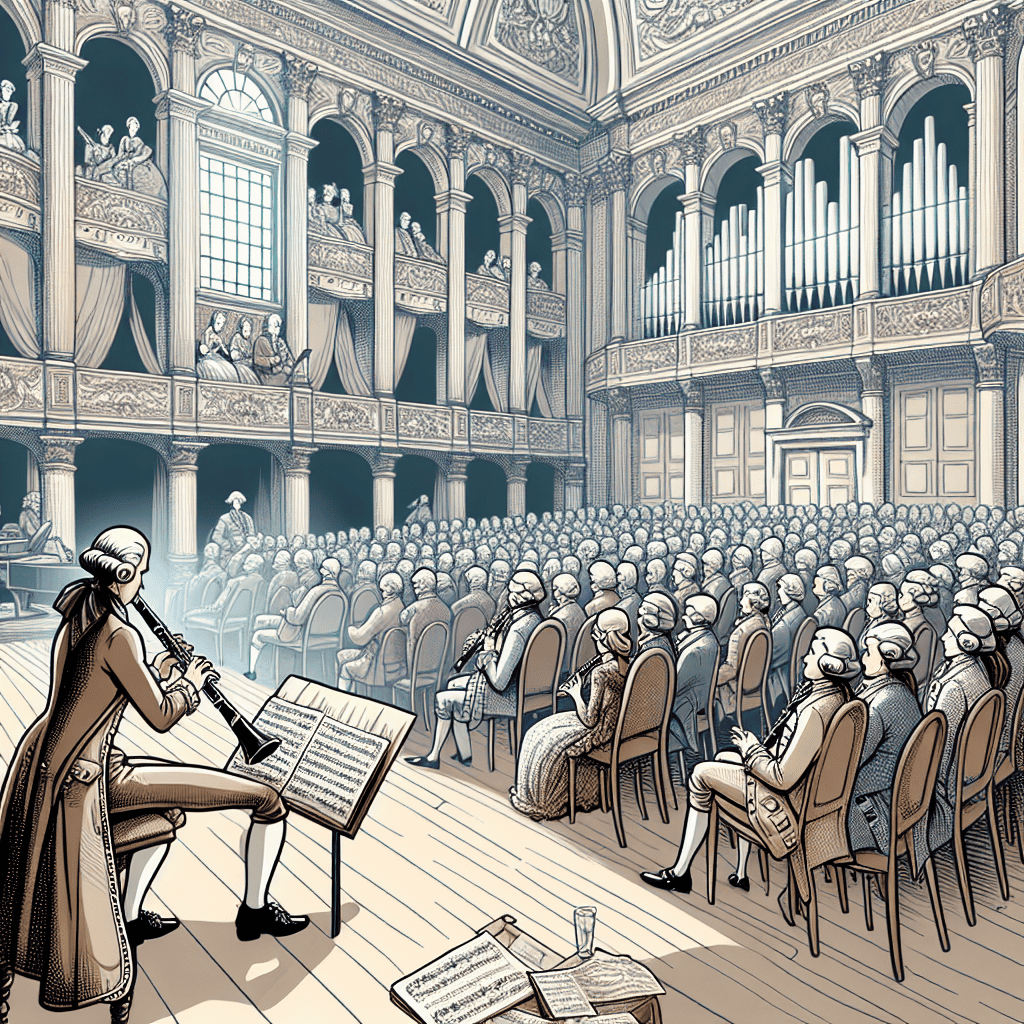The G Major Scale: A Cornerstone of Clarinet Music
The G Major scale, consisting of the notes G, A, B, C, D, E, F#, and G, has profoundly influenced clarinet music throughout history. Its importance in clarinet music is undeniable. It's a fundamental element for clarinetists at all levels, from beginners to seasoned professionals performing on stages across the globe. This scale has truly become an essential part of clarinet mastery.

Clarinet Fingering Charts are always FREE at MartinFreres.net!
Historical Context: From Baroque to Classical
Let's take a journey back in time. During the Baroque and Classical periods, composers discovered the G Major scale's potential to showcase the clarinet's capabilities. With its bright and cheerful sound, this scale quickly gained popularity in both orchestral works and chamber pieces. Musical geniuses like Mozart and Beethoven ingeniously incorporated this scale into their compositions, weaving it seamlessly into their works and creating moments that still captivate audiences today. Picture a clarinet joyfully dancing through melodies amidst a lively orchestra!
The Clarinet's Unique Characteristics
Consider the clarinet itself for a moment. This woodwind instrument, known for its impressive range and expressive capabilities, truly shines when playing in the G Major scale. This scale serves as a foundation for mastering articulation, dynamics, and tone production. It's not just any ordinary scale; it opens doors to smooth transitions, beautiful lyrical phrases, and encourages players to explore the full potential of their instrument.
| Aspect | G Major Scale Contribution |
|---|---|
| Articulation | Provides a framework for practicing various articulation techniques |
| Dynamics | Allows for exploration of volume control and expression |
| Tone Production | Helps develop consistent and beautiful tone across the instrument's range |
G Major in Modern Clarinet Education
In contemporary clarinet education, the G Major scale remains a central focus. Clarinet instructors worldwide emphasize its importance to their students. The common saying goes, “Master the G Major scale, and you'll be ready for anything!” This isn't an exaggeration. The scale provides a solid foundation for developing technique, building confidence, and establishing a strong musical base for learners.
Influential Players and G Major's Legacy
We can't discuss the historical significance of the G Major scale without mentioning the influential players who helped cement its legacy. Jazz legends like Benny Goodman and Artie Shaw transformed the clarinet's role in jazz, often returning to G Major to showcase the scale's improvisational potential. They didn't just play the notes; they infused them with their unique style, creating a fusion of genres that highlighted the versatility of G Major. The classic swing feel combined with a G Major riff is truly unforgettable!
G Major in Clarinet Repertoire
The clarinet repertoire is filled with works that revolve around this scale. A prime example is the famous Mozart Clarinet Concerto. The way the G Major scale flows through this piece underscores its importance, conveying joy and lightheartedness while mesmerizing listeners. Imagine the beautiful phrasing and smooth runs gliding effortlessly in G Major.
A New Perspective on Learning
Many clarinet students initially view scales as monotonous exercises. However, when you consider the G Major scale from a historical perspective, it transforms into a rich narrative of musicianship and cultural evolution. It's not just about playing the correct notes; it's about embarking on a journey of self-expression through this cherished instrument.
G Major: A Musical Gateway
Over time, the G Major scale has established itself as an inviting entry point for clarinetists. It's the birthplace of musical ideas, a playground for exploring harmonies and crafting melodies. Each note tells a story, and as clarinetists play these familiar scales, they connect with a musical tradition spanning centuries, bridging past and present generations of musicians.
Conclusion: The Enduring Legacy of G Major
Incorporating the G Major scale into practice sessions, performances, and compositions is crucial for any clarinetist. It's more than just a scale—it's a pathway to greater creativity and expression. The next time you pick up your clarinet, remember that each run through the G Major scale is not merely practice; it's an opportunity to celebrate the rich history of clarinet music, one note at a time!
Table of Contents
- The G Major Scale: A Cornerstone of Clarinet Music
- Historical Context: From Baroque to Classical
- The Clarinet's Unique Characteristics
- G Major in Modern Clarinet Education
- Influential Players and G Major's Legacy
- G Major in Clarinet Repertoire
- A New Perspective on Learning
- G Major: A Musical Gateway
- Conclusion: The Enduring Legacy of G Major








